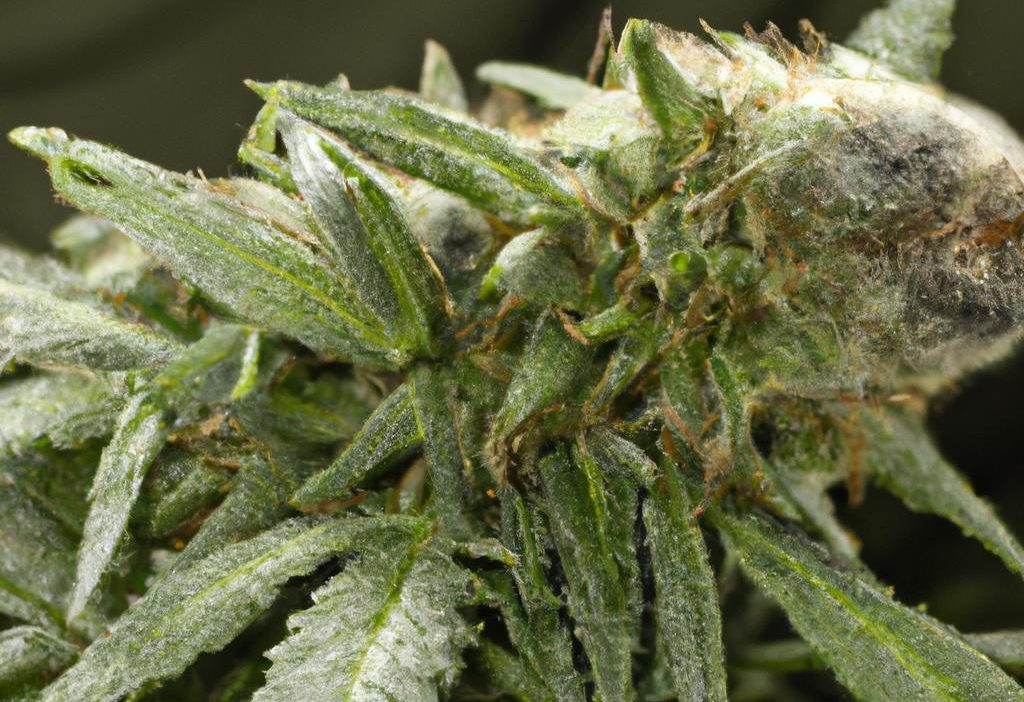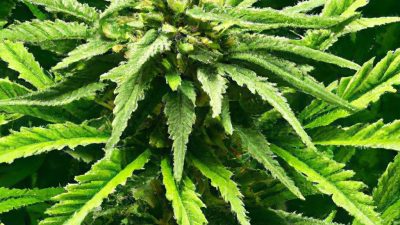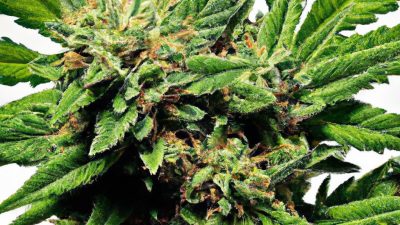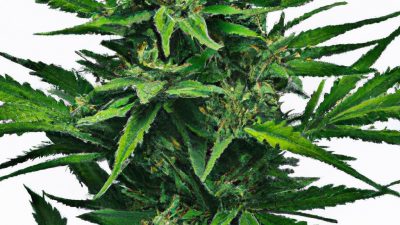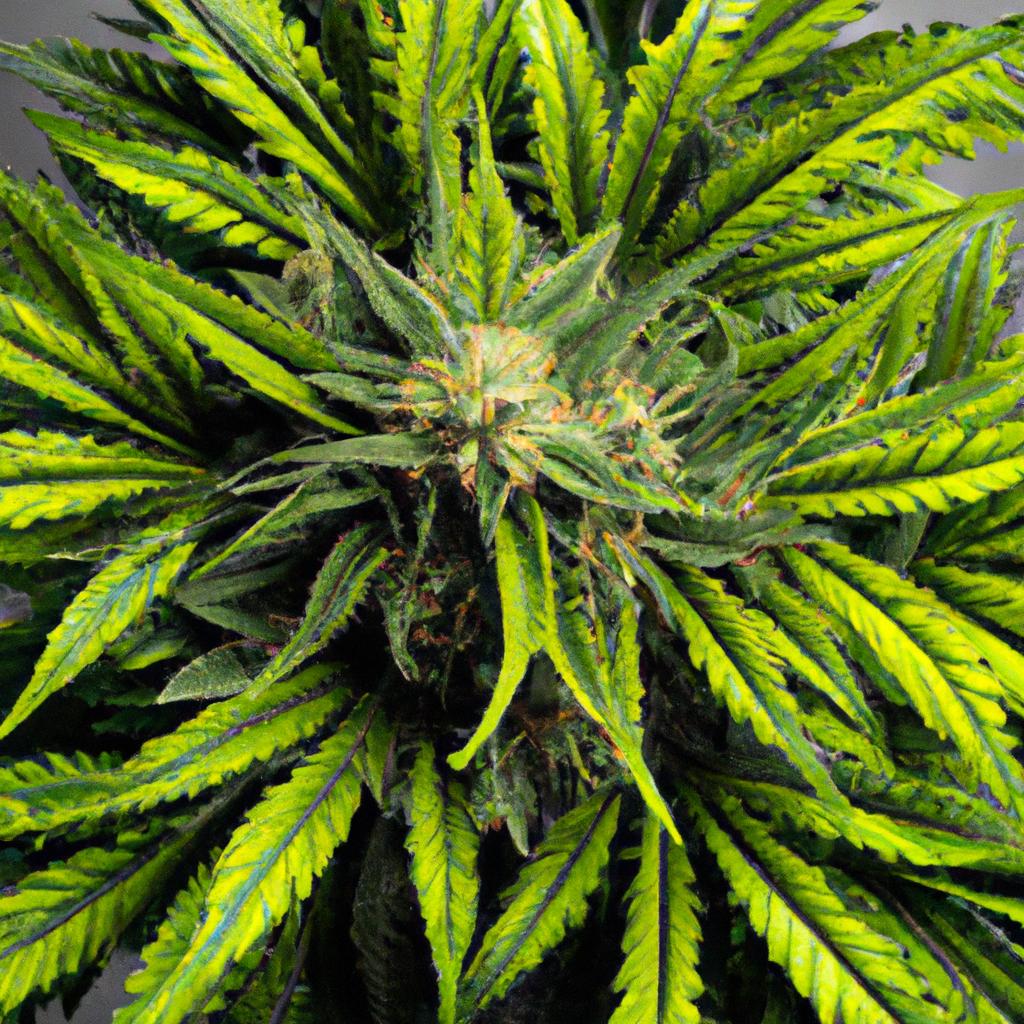
Avoid These Common Pressure Mistakes in Extraction: A guide for Cannabis Processors
The cannabis industry is evolving rapidly, combining complex science, technology, and post-processing techniques to unlock the plant’s full potential. Among the critical steps in cannabis post-processing is extraction, where pressure plays a vital role. Successfully controlling pressure during cannabis extraction is essential to maximize yield, preserve cannabinoid and terpene profiles, and ensure product safety. Yet, many processors fall prey to common pressure mistakes that limit efficiency and compromise quality.
In this comprehensive guide, we’ll explore the most frequent pressure-related errors in cannabis extraction and how avoiding them can elevate your processing operations. Whether you’re utilizing CO2 supercritical extraction, ethanol extraction, or hydrocarbon extraction, understanding pressure dynamics is key to mastering cannabis extraction technology.
Why Pressure Matters in Cannabis Extraction
Pressure optimization is integral in cannabis extraction, influencing how cannabinoids and terpenes are separated from plant biomass. The method of extraction often dictates the pressure range needed – such as, supercritical CO2 extraction typically operates between 1,000 to 5,000 psi. Incorrect pressure can cause:
- Degraded cannabinoid potency
- Loss of delicate terpenes
- Increased contamination with unwanted compounds
- Equipment damage and operational hazards
maintaining optimal pressure avoids these pitfalls and enhances extraction efficiency for a higher-quality cannabis concentrate.
Common Pressure Mistakes During Cannabis Extraction
1. Operating at Incorrect Pressure Levels
Many processors misjudge the ideal pressure range for their extraction solvent and technique. For example, running supercritical CO2 extraction at pressures that are too low can lead to incomplete cannabinoid recovery, while excessively high pressure risks extracting chlorophyll and other undesirable elements.
2. Rapid Pressure Changes (“Pressure Shock”)
Sudden spikes or drops in extraction pressure, often caused by improper start-up or shut-down procedures, can damage extraction columns or separators. This “pressure shock” may also alter the chemical profile of the extract, negatively impacting potency and flavor.
3. Insufficient Pressure Monitoring and Control
Failing to continuously monitor pressure with accurate gauges or automated systems increases the risk of deviation outside optimal ranges. Manual monitoring alone often lacks precision and timely response, leading to inconsistent results or unsafe conditions.
4. Ignoring Equipment Pressure Tolerances
Using extraction equipment not rated for the target pressure may cause leaks or catastrophic failures. Regular maintenance and calibration of pressure valves and pressure relief mechanisms are essential to safe cannabis processing.
Best Practices: How to Avoid Pressure-Related Extraction Errors
Adopting a methodical approach to pressure management can dramatically improve your cannabis extraction outcomes.Consider these recommended strategies:
- Understand Your Extraction method: Know the specific pressure ranges optimal for your chosen extraction solvent (CO2, ethanol, butane, etc.) and target compounds.
- Use Automated Pressure Control Systems: Invest in real-time pressure monitoring with alarms and automatic adjustments to prevent deviations.
- Implement Gradual Pressure Changes: Always ramp pressure up and down slowly to avoid damaging equipment or altering extract chemistry.
- Schedule Regular Equipment Maintenance: Check seals, valves, and gauges frequently to ensure they meet safety and accuracy standards.
- Train Staff Thoroughly: Ensure all operators understand the importance of pressure control and are trained to detect and resolve issues promptly.
Pressure Mistakes Comparison table in cannabis Extraction
| Pressure Mistake | Impact on Extract | Solution |
|---|---|---|
| Low Operating Pressure | Incomplete cannabinoid recovery | Adjust pressure to optimal range based on solvent |
| High Operating Pressure | Extraction of unwanted compounds (chlorophyll) | Set pressure limits and automate controls |
| Rapid Pressure Changes | Equipment damage & altered extract profile | Ramp pressure slowly during start-up/shut-down |
| Poor Pressure Monitoring | inconsistent product quality | Use real-time automated monitoring systems |
| Ignoring Equipment Limits | Safety risks and leaks | Regular maintenance and equipment compliance checks |
Benefits of Proper Pressure Management in Cannabis Extraction
Implementing robust pressure control not only reduces costly errors but also:
- Maximizes cannabinoid and terpene yield, improving product potency
- Preserves delicate flavor profiles for superior cannabis concentrates
- Increases extraction efficiency and reduces solvent waste
- Ensures equipment longevity and operational safety
- Supports compliance with industry standards and regulations
Practical Tips for Cannabis processors
- Before extraction, calibrate your pressure sensors according to manufacturer specs.
- Keep detailed logs of extraction parameters to detect trends that may indicate pressure issues.
- Consider phased extraction trials to fine-tune pressure settings for different cannabis strains.
- Partner with equipment vendors who offer technical support for pressure optimization.
- Stay updated on evolving cannabis extraction technology that may improve pressure control capabilities.
Conclusion
Mastering pressure management during cannabis extraction is a cornerstone of producing high-quality, potent cannabis concentrates. Avoiding common pressure mistakes-from incorrect pressure settings to poor equipment maintenance-helps you unlock the full spectrum of cannabinoids and terpenes while ensuring safety and operational efficiency. By integrating the best practices discussed, cannabis processors can considerably enhance their extraction outcomes and sustain competitive advantage in this rapidly growing industry.
If you’re looking to improve your cannabis extraction process, prioritizing pressure control is an excellent first step towards elevating product quality and operational excellence.


